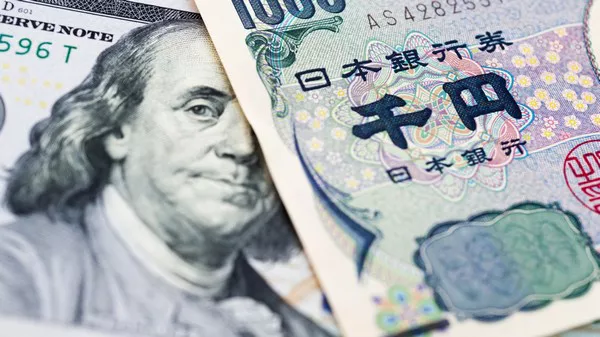The foreign exchange (forex) market is a global marketplace where currencies are traded. Traders in this market need to understand various aspects, and one of the fundamental concepts is the pip. A pip, which stands for “percentage in point” or “price interest point,” is a standardized unit used to measure the price movement in currency pairs. In this article, we will focus on calculating pips in the GBP/JPY currency pair, which pairs the British Pound (GBP) with the Japanese Yen (JPY). Understanding how to calculate pips is essential for successful forex trading, as it helps traders measure price changes and manage risk.
The GBP/JPY Currency Pair
Before delving into pip calculation, it’s important to understand the GBP/JPY currency pair. This pair represents the exchange rate between the British Pound (GBP) and the Japanese Yen (JPY). In this pair, the GBP is the base currency, and the JPY is the quote currency. This means that when you see a price quote for GBP/JPY, it tells you how much one British Pound is worth in Japanese Yen. For instance, if the GBP/JPY exchange rate is 150.00, it means that one GBP can be exchanged for 150 JPY.
What is a Pip?
A pip is a standardized unit of measurement for price movement in the forex market. For most currency pairs, including GBP/JPY, a pip is typically the smallest price movement that is commonly quoted. In this pair, a pip is defined as the fourth decimal place, or 0.01, as the Yen is known for its lower value compared to other major currencies. However, there are exceptions for some brokers who quote GBP/JPY to the second decimal place, in which case a pip would be 0.1.
Calculating Pips in GBP/JPY
To calculate pips in the GBP/JPY currency pair, you need to understand the price quotation and the position size. Here’s a step-by-step guide:
Identify the Price Quotation:
As mentioned earlier, GBP/JPY is usually quoted with four decimal places (e.g., 150.00). If your broker quotes it differently, adapt your calculation accordingly.
If the GBP/JPY exchange rate changes from 150.00 to 150.01, this represents a one-pip movement.
Determine the Position Size:
To calculate the value of a pip in monetary terms, you need to know the size of your trading position. This is typically expressed in terms of lots, with one standard lot representing 100,000 units of the base currency (GBP in this case).
Use the Pip Value Formula:
The formula to calculate the value of a pip in GBP/JPY is as follows:
Pip Value = (Pip in Decimal Places / Exchange Rate) x Position Size
Example:
Suppose you have a trading position of 1 standard lot (100,000 GBP) in GBP/JPY, and the exchange rate is 150.00. To calculate the pip value, we use the formula:
Pip Value = (0.01 / 150.00) x 100,000 = 6.67 GBP
So, in this example, each pip movement in GBP/JPY is worth approximately 6.67 GBP when trading one standard lot.
Calculating Pips for Different Position Sizes
The above example demonstrates how to calculate the value of a pip for a standard lot. However, traders use various position sizes, including mini lots (10,000 units of the base currency) and micro lots (1,000 units of the base currency). To calculate the pip value for different position sizes, you can adapt the formula as follows:
For mini lots: Pip Value = (0.01 / Exchange Rate) x 10,000
For micro lots: Pip Value = (0.01 / Exchange Rate) x 1,000
Risk Management and Pips
Understanding the value of pips is crucial for risk management in forex trading. By knowing the pip value, traders can assess potential profit and loss for a given trade and set appropriate stop-loss and take-profit levels.
For example, if you are willing to risk 100 GBP on a trade, and you know that each pip is worth 6.67 GBP in the GBP/JPY pair, you can calculate your position size:
Position Size = Risk Amount / (Pip Value per Lot)
Position Size = 100 GBP / 6.67 GBP = approximately 15 standard lots
By calculating your position size in this manner, you can control your risk and avoid over-leveraging, which can lead to significant losses.
Conclusion
Calculating pips in the GBP/JPY currency pair is essential for any forex trader. It allows traders to measure price movements, evaluate potential profit and loss, and manage risk effectively. Remember that pip calculation is closely tied to the price quotation and position size, so it’s crucial to understand these aspects to make informed trading decisions. Additionally, traders should always consider risk management and use stop-loss orders to protect their capital. Mastering pip calculation is a fundamental skill that can contribute to success in the world of forex trading.


